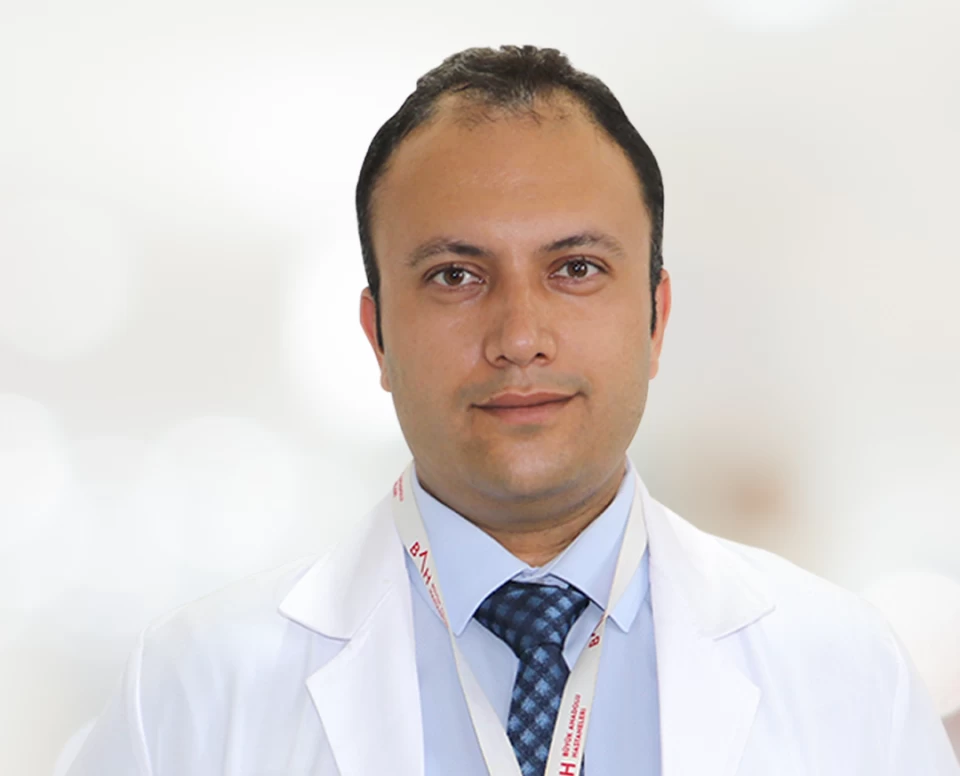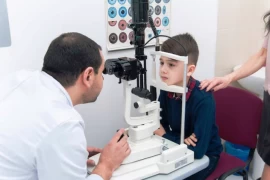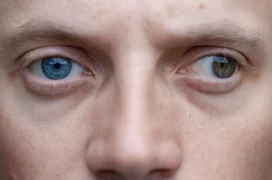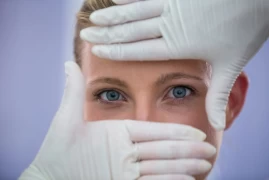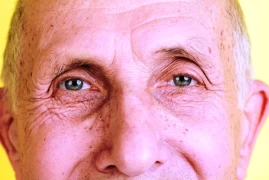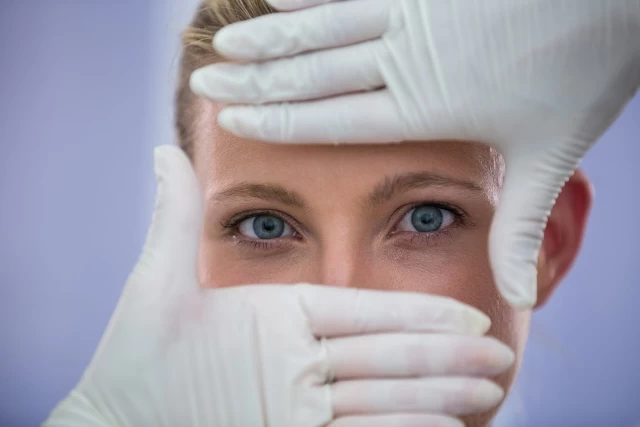
Eyelid Aesthetics
- Eyelid Aesthetics
- What Is Eyelid Aesthetics?
- What Are the Stages of Eyelid Aesthetics Procedures?
- Which Areas Can Eyelid Aesthetics Be Applied to?
- How Does the Post-Operative Process Work After Eyelid Aesthetics?
- In conclusion…
What Is Eyelid Aesthetics?
Eyelid aesthetics (blepharoplasty) is a surgical procedure performed to correct issues around the eye area and achieve a younger and more dynamic appearance. The eyelids are an area that can be affected by the aging process, leading to aesthetic concerns such as sagging, drooping, wrinkles, or bags. Eyelid aesthetics provides an effective solution to address these issues and achieve a more youthful appearance.
What Are the Stages of Eyelid Aesthetics Procedures?
Eyelid aesthetics typically involves a series of steps, including:
- Consultation: The first step is to have a consultation with an eye surgeon. During this stage, you will discuss your expectations, desires, and medical history in detail. Your doctor will evaluate the most suitable options for eyelid aesthetics and establish a treatment plan.
- Preparation: Eyelid aesthetics is usually performed under local anesthesia, but general anesthesia may be preferred in some cases. Prior to the procedure, your doctor will determine the anesthesia method that is suitable for you. Additionally, you may need to take certain medications or avoid certain habits during the pre-operative period.
- Surgical procedure: Eyelid aesthetics can involve the upper eyelids, lower eyelids, or both. The surgical procedure is typically carried out under local anesthesia. In upper eyelid aesthetics, excess skin and fat tissue are removed, muscles are tightened if necessary, and the remaining skin is carefully closed. In lower eyelid aesthetics, fat tissue is removed or reshaped to address the issue of bags. Once the surgical procedure is completed, sutures are placed.
- Recovery process: There may be swelling, bruising, and mild discomfort during the postoperative period. Eyelid aesthetics generally have a rapid recovery process, but the full healing time can vary depending on individual factors. Your doctor will provide you with specific care instructions and recommendations to support the recovery process. Regular check-ups and suture removal will be performed during the healing process.
- Results: When the healing process is complete, you will begin to see the results of eyelid aesthetics. Typically, a younger, more dynamic, and vibrant appearance is achieved. Sagging, bags, or wrinkles around the eyes are reduced, and your eyes appear younger and brighter.
The stages of eyelid aesthetics procedures can vary based on the preferences of your doctor, treatment plan, and your individual needs. Therefore, consulting with a specialist is important to fully understand the pre-operative and post-operative processes.
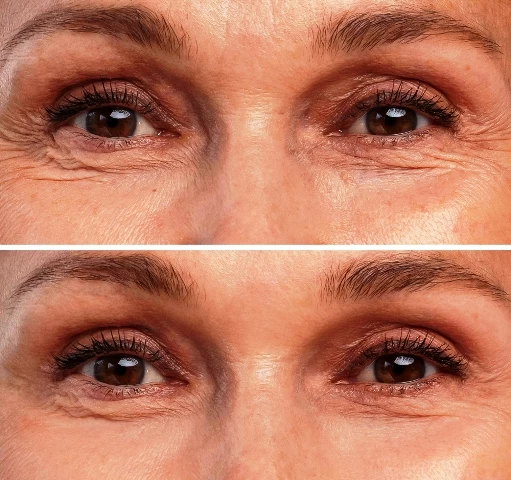
Which Areas Can Eyelid Aesthetics Be Applied to?
Eyelid aesthetics can involve the upper eyelids, lower eyelids, or both. The procedure is applied to different areas of the eyelids to correct issues around the eye. Here are the situations where each area is applicable for eyelid aesthetics:
- Upper Eyelids: Upper eyelids can experience sagging, loosening, or excess skin accumulation. This condition can cause the eyelid to droop and the upper part of the eye to sag. Upper eyelid aesthetics is performed by removing excess skin and fat tissue, tightening the muscles if needed, and carefully closing the skin. This procedure tightens the eyelid, reduces eyelid wrinkles, and achieves a younger appearance.
- Lower Eyelids: Problems with the lower eyelids typically manifest as bags or excess fat accumulation. With the aging process, fat tissue in the lower eyelids can shift and cause bags under the eyes. Lower eyelid aesthetics involves removing or reshaping fat tissue to address the issue of bags. This procedure results in a younger, vibrant, and dynamic appearance of the eyes.
- Upper and Lower Eyelids: If you have issues in both the upper and lower eyelids, an eyelid aesthetics procedure can be applied to both areas. In this case, sagging and excess skin accumulation in the upper eyelids are corrected, while the issue of bags in the lower eyelids is also addressed. This procedure improves the overall aesthetic appearance around the eyes and helps achieve a more youthful look.
Eyelid aesthetics procedures are applied to specific areas depending on the individual's needs and goals. An eye surgeon will determine the most suitable treatment plan through a comprehensive evaluation.
How Does the Post-Operative Process Work After Eyelid Aesthetics?
After the eyelid aesthetics procedure, a recovery process consisting of several steps is followed. Here are the general post-operative process steps after eyelid aesthetics:
- Eye Bandage and Cold Packs: In the initial stage after surgery, an eye bandage may be applied to protect your eyes. Additionally, cold compresses or ice packs can be used to reduce swelling and bruising. This helps alleviate swelling and minimize discomfort.
- Monitoring and Observation: Immediately after the surgery and in the following days, your doctor will provide close monitoring and observation. This is important to detect and, if necessary, treat post-operative complications early. The condition of the sutures is checked during check-ups, and the healing process is monitored.
- Medications: Your doctor may prescribe medications to manage pain and reduce the risk of infection. These may include painkillers and antibiotics. It is important to take the medications regularly and follow your doctor's instructions.
- Eye Care: During the healing process, your doctor will provide you with specific eye care instructions. These may include cleaning the eyes, using eye drops or ointments, and following recommended measures to protect the eyes. Wearing sunglasses to protect the eyes is also important.
- Activity and Rest: You may need to avoid certain activities during the healing process. These may include heavy exercise, heavy lifting, or strenuous activities. Your doctor will inform you about the appropriate activities during the recovery process. Getting adequate sleep and rest also support the healing process.
- Suture Removal: Sutures are typically removed a few days after the surgery. This is part of the healing process and is performed at the time determined by your doctor. Suture removal is usually a quick and painless procedure.
- Healing Process: The healing process after eyelid aesthetics varies depending on individual factors. Swelling, bruising, and mild discomfort usually resolve quickly. However, the full healing process may take a few weeks or a few months. Your doctor will provide you with detailed information about the healing process.
Regular check-ups and following your doctor's instructions are important during the recovery process. If you have any concerns or issues, you should communicate with your doctor.
In conclusion…
Eyelid aesthetics is an effective method to address aesthetic concerns around the eye area and achieve a younger, vibrant appearance. This procedure is an ideal option for individuals who want to combat the effects of aging, improve their visual field, and enhance their self-confidence. However, like any surgical procedure, eyelid aesthetics also carries some risks, so it is important to consult with an experienced doctor and undergo a detailed evaluation.
